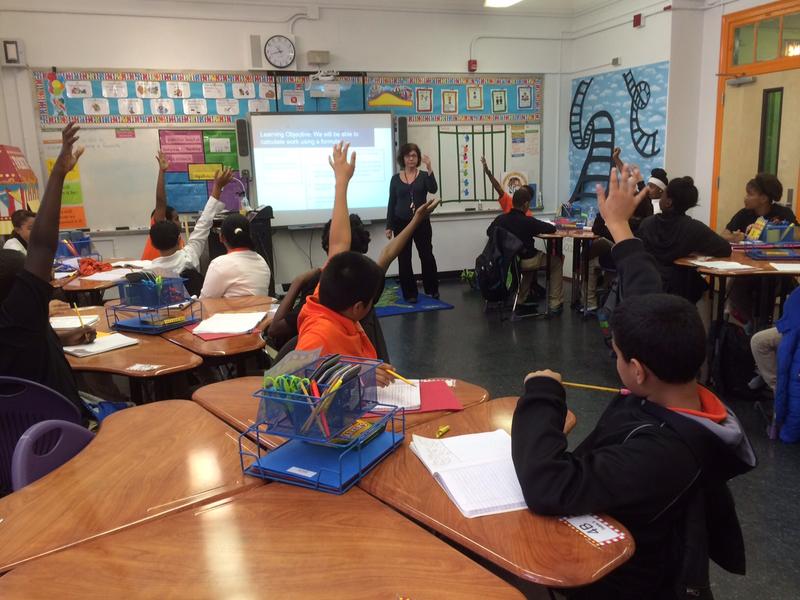
New Yorkers already know that the city's public schools have a problem with socioeconomic segregation. But a new report from the city's Independent Budget Office has the numbers.
The report focuses on middle schoolers, which is when the neighborhood a child comes from really starts to impact how they do in school, the authors say, because it's when kids start to hang out unsupervised.
If a neighborhood has low incomes, low education rates, or high violent crime rates, then the city categorized it as "low economic status."
The authors found that about half of all middle schoolers from low socioeconomic status neighbohoods — categorized by the study as neightborhoods that have low incomes, low education rates, or high violent crime rates — are concentrated in just a quarter of the city's public middle schools.
That means that children who are from neighborhoods that are less safe and not as well resourced are clustered in a fraction of schools. Education activists say the key to improving the city's education outcomes overall is to break up that clustering in middle schools.
